

Uh oh...
It appears that you're using a severely outdated version of Safari on Windows. Many features won't work correctly, and functionality can't be guaranteed. Please try viewing this website in Edge, Mozilla, Chrome, or another modern browser. Sorry for any inconvenience this may have caused!
Read More about this safari issue.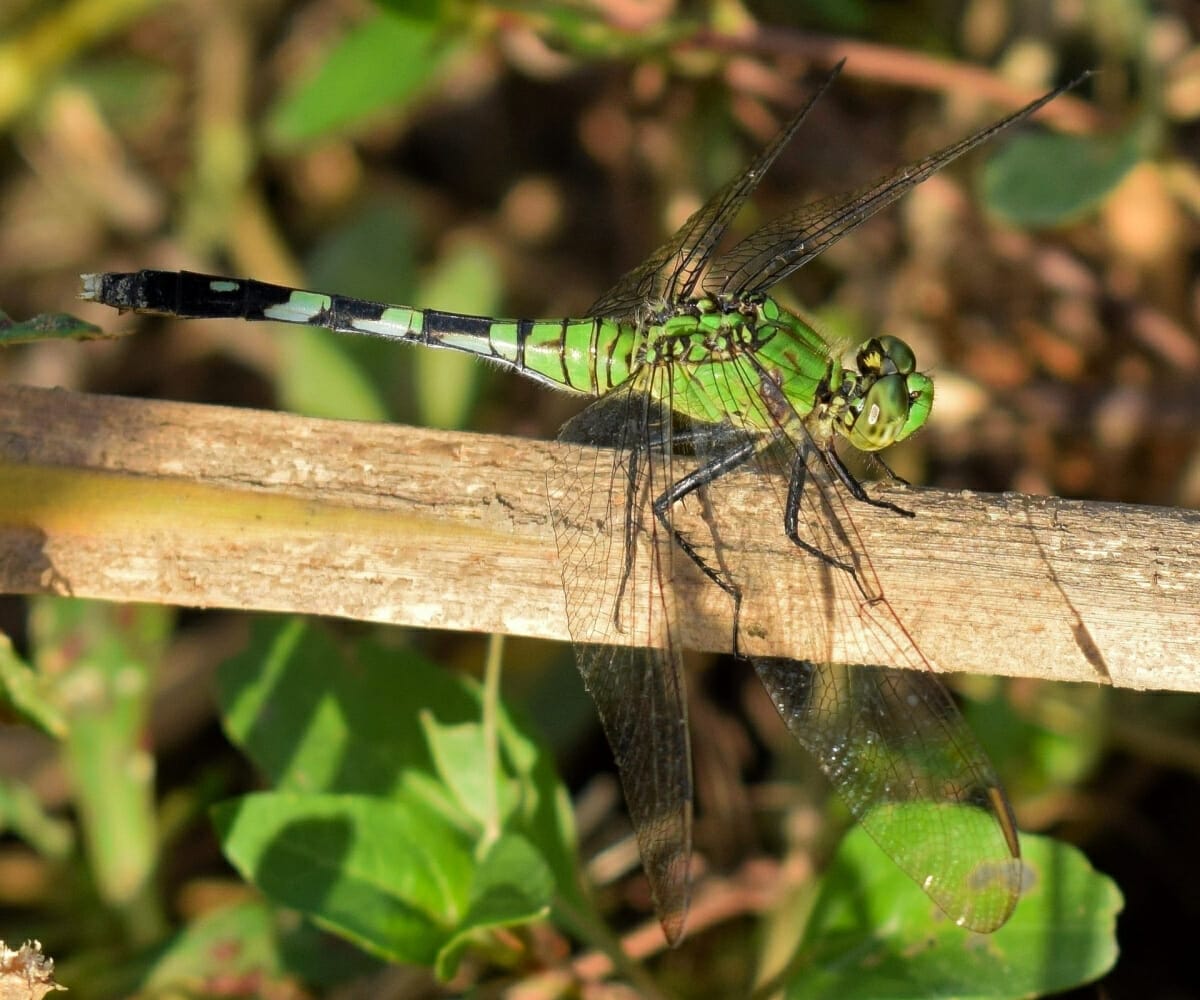

I always equate dragonflies to carefree summer days. My sister and I called them Snake Doctors when we were kids. I suppose we still do. During lazy lake days, we like to watch them hover around our blow-up floats and sunbathe from the tips of our wet toes. (It’s never too soon to dream of summer, y’all.)
Dragonflies (and damselflies) belong to the scientific order Odonata, meaning ‘toothed ones.’ Even though they have sharp, serrated mandibles, they don’t bite humans.
Did you know dragonflies are one of the oldest insects on the planet? Fossils date this species to 300 million years old, predating dinosaurs by 100 million years.
As my mother would say, they are old as dirt.
Dragon or Damsel?
First of all, I want to dispel a common myth. Damselflies are not female dragonflies. (I believed this for a long time.)
Dragonflies and damselflies are related, but they are not the same thing. Dragonflies belong to the suborder Anisoptera; Damselflies belong to the suborder Zygoptera. Yes, males and females exist in both species. Since it takes two to tango, I suppose this should have been obvious to me.
So how can we tell dragonflies and damselflies apart?
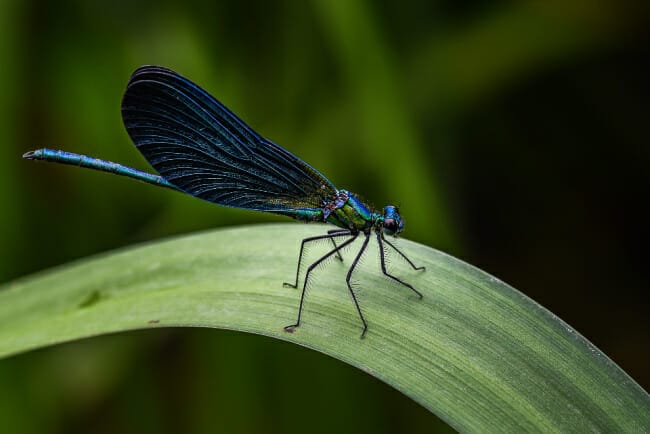
There are a few fundamental, easy-to-spot differences.
- Size: Dragonflies are larger and usually stronger than damselflies.
- Eyes: Both have incredible compound eyes with 30,000 facets allowing 360˚ vision. But, notice in the photo below—their eyes are quite different. The eyes of the dragonfly nearly cover the insect’s entire head. The damselfly’s eyes are separated.
- Wings: The easiest way to differentiate them is by their wings. While at rest, dragonflies hold their wings perpendicular to the body (like an airplane). Damselflies fold their wings, keeping them upright near the body. The hind wings of dragonflies are broad, while those of the damselfly are narrower.
(For this article, I’ll be using ‘dragonfly’ generically, to include both dragons and damsels.)
Dragonflies in Arkansas
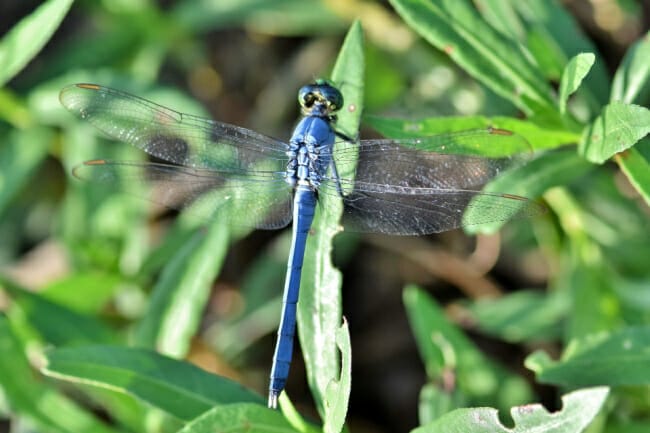
Today there are 6,000 odonates worldwide, with 468 species in North America and 102 documented in Arkansas. The most common dragonfly in Arkansas is the eastern pondhawk (Erythemis simplicicollis), sighted in all seventy-five counties.
Two other species common to the Ozark Plateau and the Ouachita Mountains are Westfall’s snaketail (Ophiogomphus westfalli) and Ozark emerald (Somatochlora ozarkensis). Both species are considered critically imperiled.
For a list of the Arkansas species, click HERE.
Flying and Migration
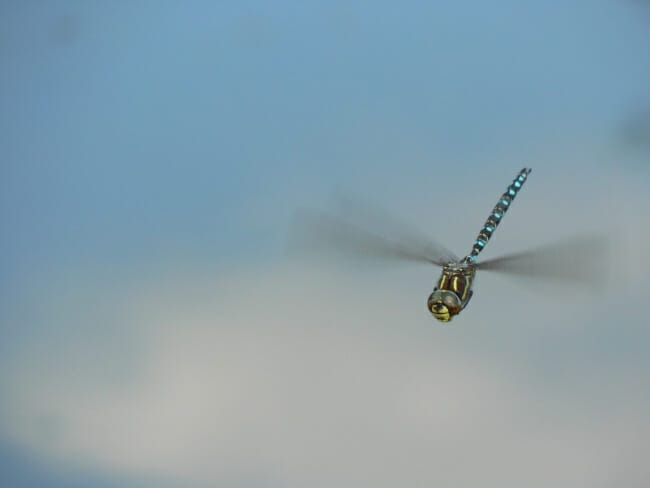
If you’ve ever watched a dragonfly, you know they have expert flying skills. They are capable of flying in any direction and hovering for long periods. Dragonflies are so skilled, they often mate and eat in flight.
But do they migrate?
According to Migratory Dragonfly Partnership, dragonfly migration occurs on every continent except Antarctica. Even so, dragonfly migration has always been somewhat of a mystery. Dragonflies are too small for most tracking devices, which makes research complicated. In North America, only sixteen species are thought to be regular migrants. Among these, the common green darner dragonfly takes three generations to complete a year-long migration from the northern U.S. to the Gulf area.
Here’s a bit of fascinating trivia: the wide-ranging, globe skimmer dragonfly (Pantala flavescens) holds the record for the world’s longest insect migration. It migrates 4,400 miles across the ocean without resting!
Incomplete Metamorphosis
Unlike butterflies that experience four stages of metamorphosis, dragonflies undergo a three-stage, incomplete metamorphosis. The stages of metamorphosis are egg, nymph, and adult.
Water is an essential part of the process.
- Egg. Females lay eggs on plants near or in water. Depending on the species, the eggs hatch anywhere from one week to several months.
- Nymph. Once hatched, the immatures feed on insect larvae found in water. They also serve as food to toads and frogs. During the nymph stage, molting will occur several times (the number varies depending upon species).
- Adult. After final molting, the winged adults emerge. Because adult dragonflies eat hundreds of flies and mosquitoes a day, they are considered beneficial insects.
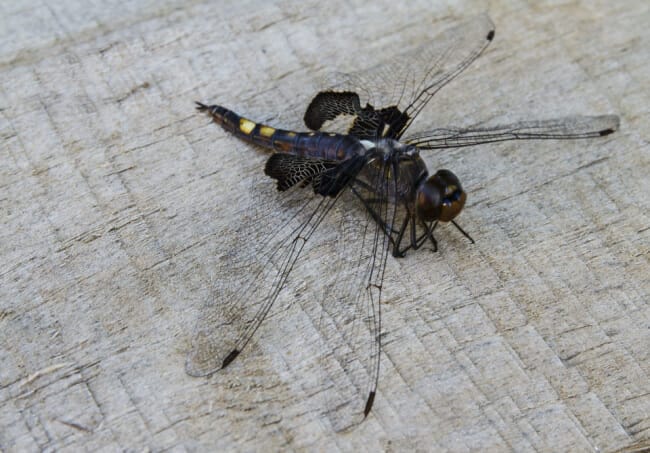
How to Attract Dragonflies to your Garden
This is worth repeating=> Dragonflies eat hundreds of mosquitoes a day. If you have a mosquito problem (hello, Arkansas!), attracting dragonflies to your property should be a high priority for your spring garden. In the same way you attract pollinators to your garden, attracting dragonflies is a matter of providing their preferred habitat. By installing a small pond or other water feature, your landscape will quickly become more dragonfly-friendly.
You’ll also be helping the shrinking dragonfly population. Loss of habitat has affected this species of insect much like it has affected other pollinators.
Farmers’ Almanac has excellent tips for attracting them HERE.
The Lucky Dragonfly?
The dragonfly holds a prominent position in folklore across the world. Native Americans often depicted them in sand paintings as a symbol of change and speed. On water vessels, it was often a sign of water purity. In Asian artwork and poetry, they are viewed as a symbol of harmony, happiness, and strength.
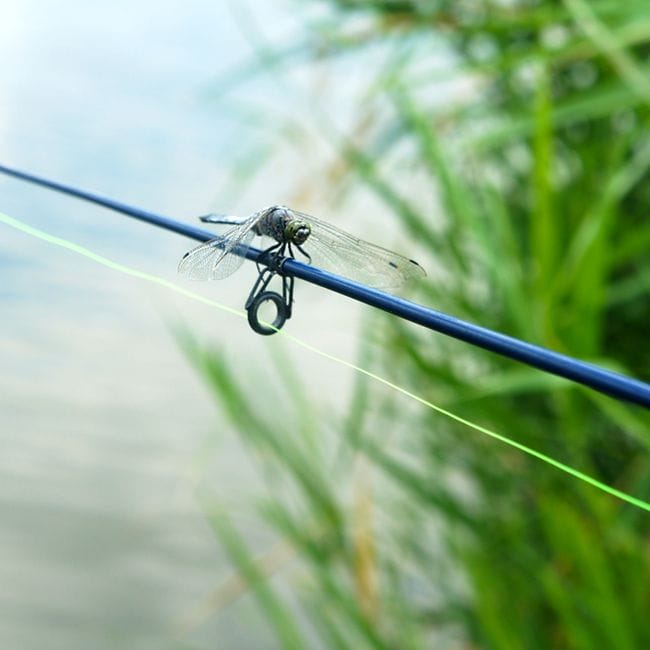
Here in Arkansas, fishermen often consider dragonfly sightings as an indicator of good fishing waters. If one lands on a fishing pole, that’s extra good luck.
I once heard if a dragonfly lands on your head, good luck will follow. I can’t say whether this is true, but I always consider myself lucky to see them in Arkansas. Don’t you?
Join the Conversation
Leave a Comment
One response to “Dragonflies and Damselflies in Arkansas”
 Leave a Reply
Leave a Reply
We do the work.
You check your email.
Sign up for our weekly e-news.
Get stories sent straight to your inbox!










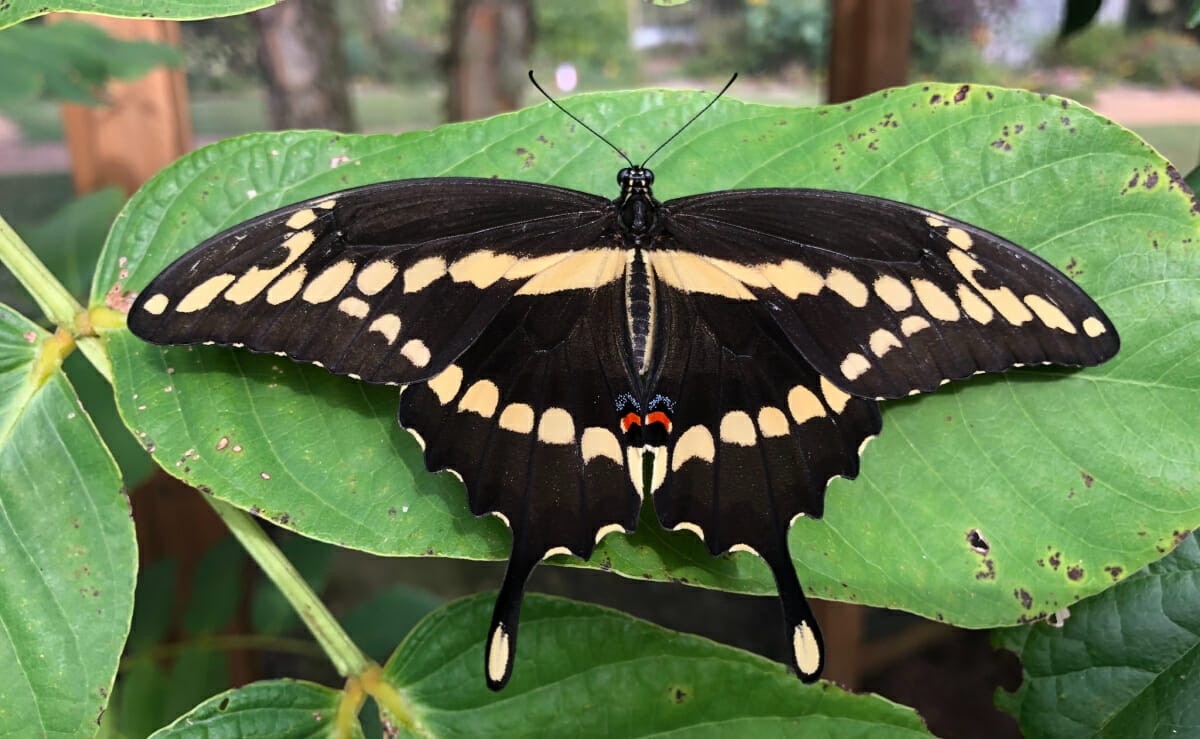

 Leave a Reply
Leave a Reply
Got bit 4 times by a damselfly today… Was minding my business and got bit the times on the ear then later while watering tomatoes I got bit on the top of the head… They bite…its just rare and sensitive places like your ears hurt 20 times more.